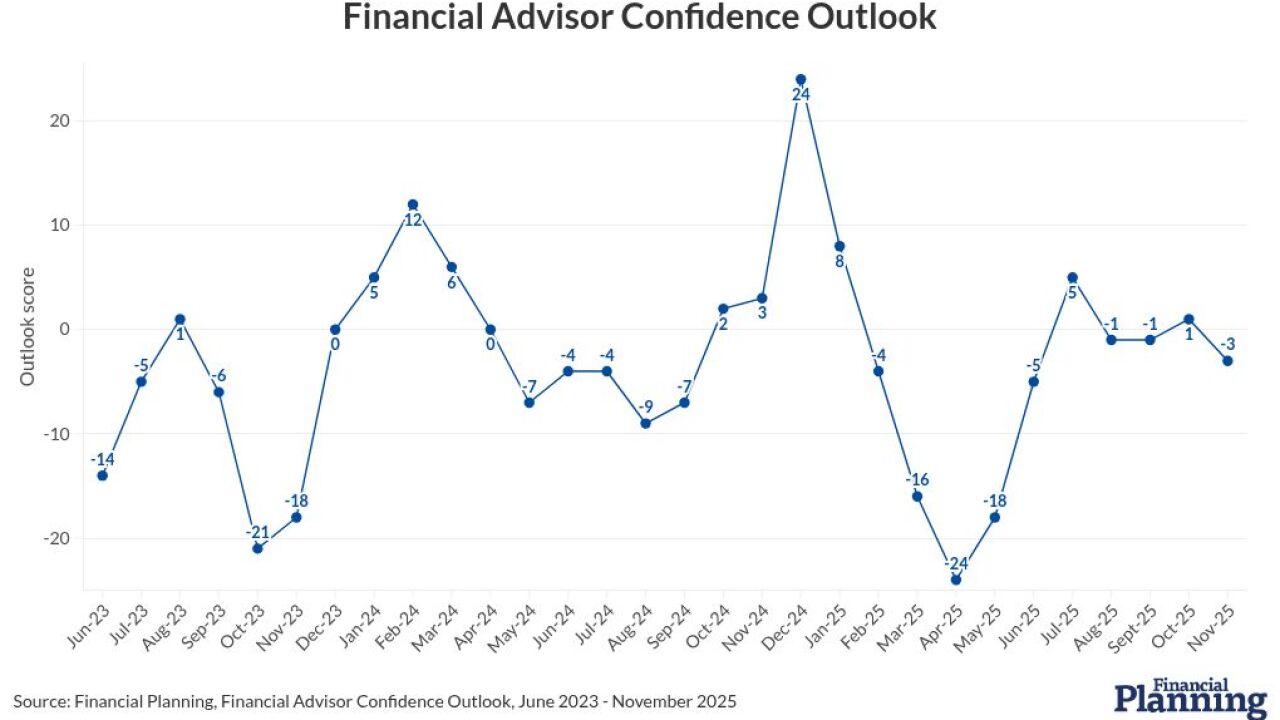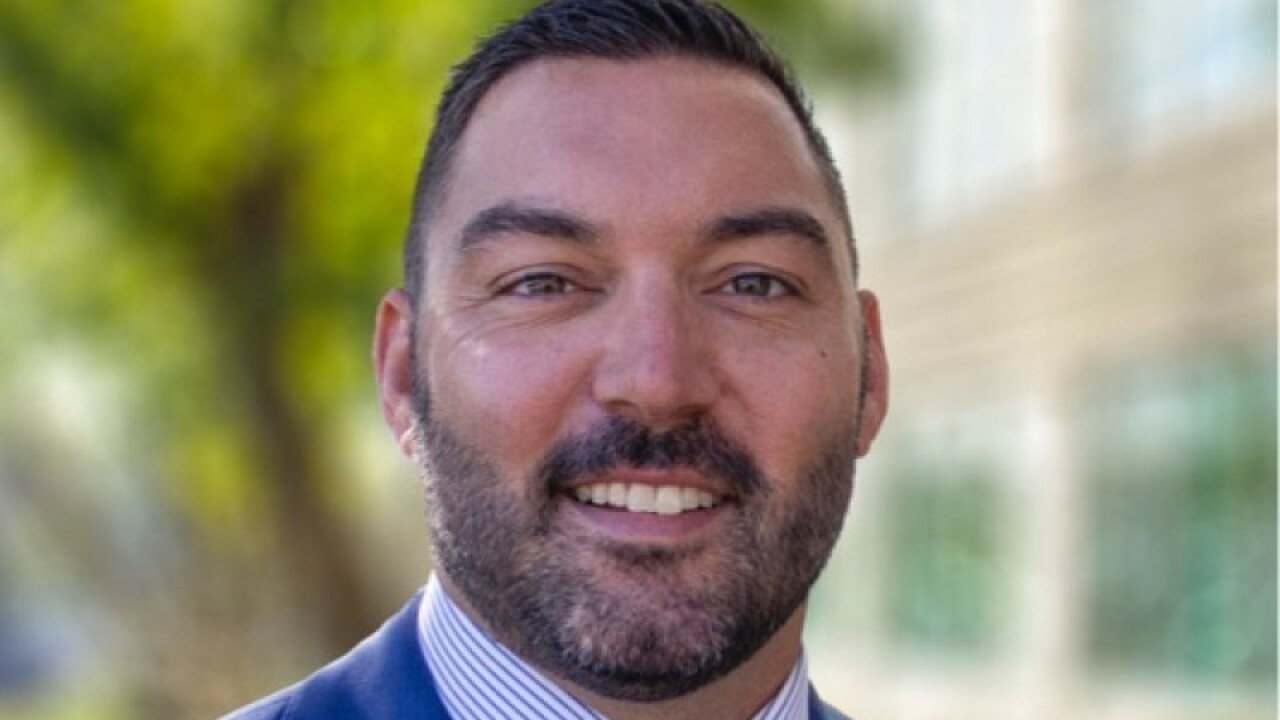NEW YORK - As the demand for unified managed accounts continues to grow at a brisk pace, the money management industry has an opportunity to improve the nation's savings rate, which is slower today than at any point in its history and threatens the future financial health of millions of Americans.
According to TowerGroup Senior Analyst Matt Schott, mass market investors, or those 80 million households that earn less than $100,000 annually and hold about $2 trillion in assets, must improve their savings rate by at least five to 10 times to retire comfortably. Affluent investors, or those four million households that earn between $100,000 and $1 million annually and hold about $8 trillion in assets, must improve their savings rate by at least two to 10 times to retire comfortably.
"Certainly, a low savings rate is something an adviser working with a client can do something about," said Schott, who estimates that closing the savings gap could mean upwards of $30 trillion worth of additional investable assets to the industry.
But where has the savings rate become so bogged down in recent years?
Speaking from a wealth management perspective - where financial institutions and advisers combine to provide clients with timely, clear, effective and actionable solutions to their investing questions - Schott cited automobile and home loans.
The average vehicle loan has grown from 53 months in 2001 to 58 months in 2004. And on 38% of all vehicle trade-ins these days, the owner owes more on the car than it is worth. That suggests that a low-income household can only afford a new, entry-level vehicle if it's financed for 58 months, while an average American can afford a $35,000 to $40,000 vehicle only if it's financed over 60 months, Schott offered.
"There's something wrong here in the client's decision-making," he told the industry's investment managers and financial advisers at the Money Management Institute Managed Account Solutions Conference, held here last week.
Schott offered this case study: If two families financed their vehicles for four years and then held each for eight years, the family that spends $5,000 to $10,000 less on a vehicle and saves the difference would accumulate, over 40 years, about $457,000 more than the family that buys a higher trim level vehicle.
"The average 401(k) balance is $95,000, [and] for those in their 60's, it's $127,000," Schott explained. "The average wealth equivalent for a private defined benefit plan is $175,000 and for a public plan, it's $375,000. So the family with a less expensive vehicle has all of these beat."
Meanwhile, the average home's square footage in the last 30 years has increased by 50%. The average sale price is up 10 times, but household income is up by just four times during the same period.
"No wonder folks can't save for retirement," he said. "It's not going to happen in a day, but over time, [financial institutions] have to move clients from debt management decision-making to asset management decision-making. We need to shift the focus from where they're saving to where they're spending the money."
Other unique, asset-building opportunities exist for advisers and their clients, Schott said. Contrary to prevailing notions that the very lowest wage earners of the mass market are simply unable to save, for example, there is a two-year-old not-for-profit initiative built by Wayne, Pa.-based SunGard Financial called the Doorways-to-Dreams Fund (D2D). A standardized, electronic program with a Web interface for financial institutions, just like an IRA it combines matching money - in this case from both public and private funds - into an Individual Development Account that can be applied to a down payment for a home, college tuition or seed money for a new business. The goal is 300,000 accounts by 2011.
A key element of the program, Schott said, is Return to Assets (R2A), where low-income wage earners pre-commit when they file their tax returns to save a portion of their assets. But since low-income households aren't taxed much, a bulk of the money - $32 billion in 2004 - comes from the Earned Income Tax Credit. Return checks last year averaged $1,500, and the highest were $4,000.
"The idea is to split the turn," Schott said. "One part goes to consumption and debt reduction and one part to savings."
In 2004, which was the second year of a pilot program conducted in New York and Oklahoma, 17% of eligible households took the opportunity and the average savings was 47% of the return. But the key statistic, Schott offered, was that 67% of the participants opened a new account to take the savings portion.
"So this was all-new savings to them," he remarked, noting that it represents $2.6 billion worth of increased savings. "And you could probably predict that over time, it would increase significantly over that [number]."
On the strength of the program's success, the Internal Revenue Service has indicated that for the 2007 tax fund season, its goal is to offer the option to all filers.
"Total refunds for all U.S. citizens were some $230 billion in 2004. So, it's a huge opportunity to affect this low savings rate," he added.
(c) 2005 Money Management Executive and SourceMedia, Inc. All Rights Reserved.
http://www.mmexecutive.com http://www.sourcemedia.com





